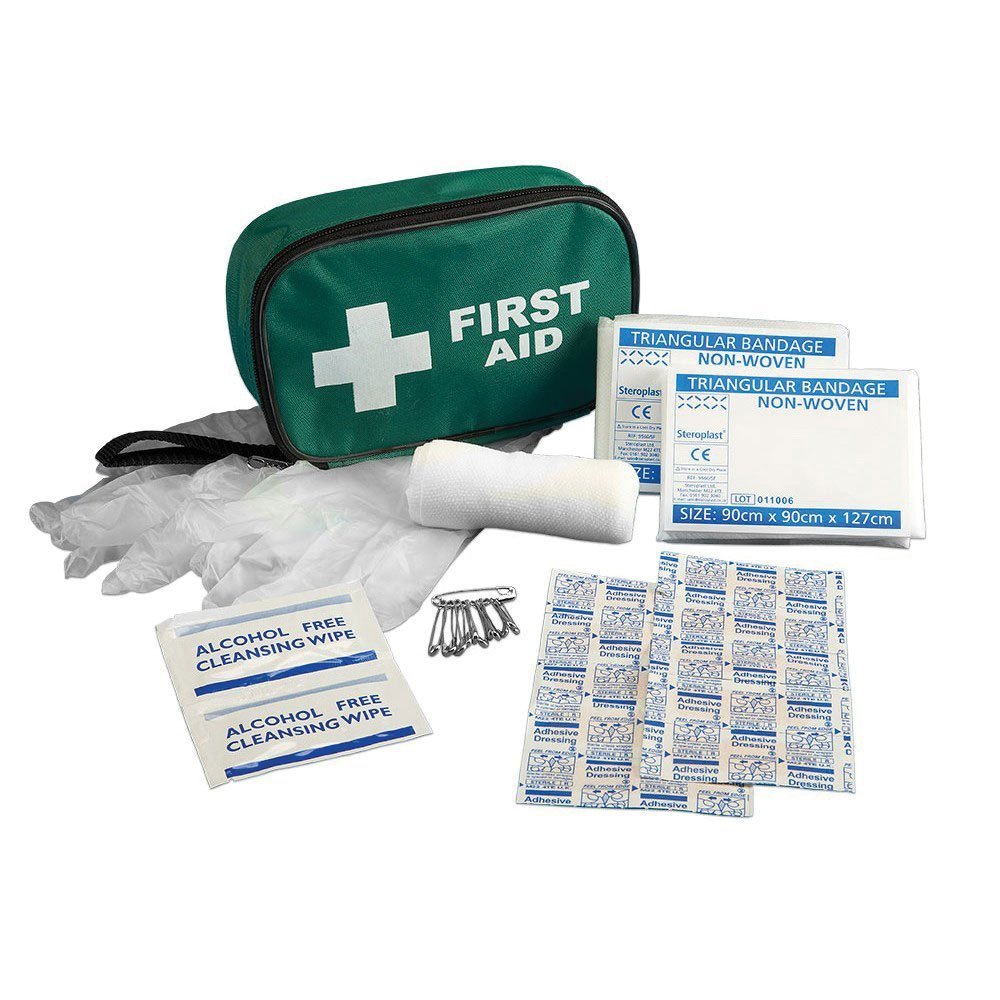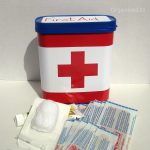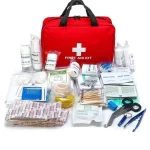I. Introduction to Hiking First Aid Kit
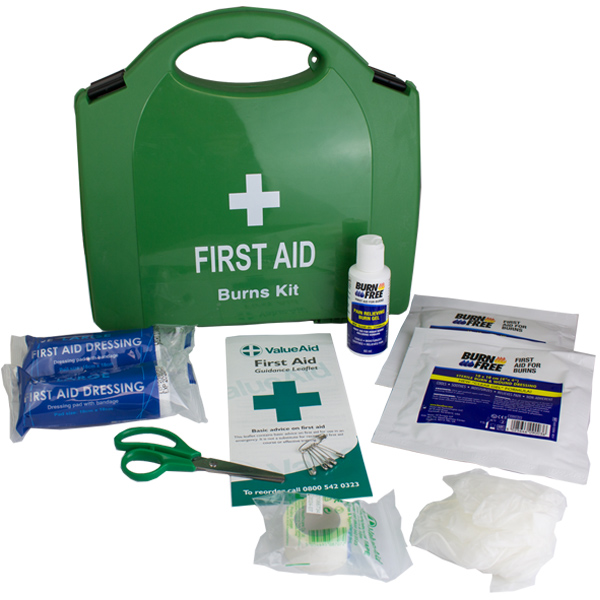
When heading out for a hike, it’s essential to be prepared for any unforeseen accidents. Having a well-stocked hiking first aid kit is crucial for ensuring that you can address minor injuries . In this blog post, we’ll discuss the importance of having a hiking first aid kit. And we will provide an overview of its essential contents.
A. Importance of Having a Hiking First Aid Kit
Hiking, while an enjoyable and rewarding activity, also comes with inherent risks. As you navigate through various terrains and environments, there’s always the possibility of sustaining minor injuries. In more severe cases, hikers may encounter sprains, strains, or even fractures. Having a hiking first aid kit readily available can make a significant difference in managing and treating these injuries effectively.
In remote outdoor settings, access to medical assistance may be limited, making it crucial for hikers to be self-sufficient in addressing their medical needs. A well-prepared hiking first aid kit can provide the necessary supplies to tend to minor wounds and injuries, offering peace of mind and a sense of security while exploring the great outdoors.
B. Overview of Essential Contents
A hiking first aid kit should contain a selection of supplies and equipment designed to address common hiking-related injuries and ailments. While the specific contents may vary based on individual preferences and hiking conditions, there are several key items that should be included in every hiking first aid kit. These items typically include wound care supplies, medications, and tools for addressing various medical issues that hikers may encounter on the trail.
II. Basic Wound Care Supplies for Hiking First Aid Kit
A. Adhesive Bandages and Sterile Gauze Pads
Adhesive bandages, commonly known as “band-aids,” are essential for covering and protecting minor cuts, scrapes, and blisters. They help prevent further contamination of the wound and provide a barrier against dirt and bacteria. Sterile gauze pads are useful for larger severe wounds, as they can be used to apply pressure. Including a variety of band-aid sizes and several sterile gauze pads in different dimensions ensures that hikers are equipped to address a range of wounds effectively.
B. Antiseptic Wipes and Antibiotic Ointment
Antiseptic wipes, such as alcohol pads or antiseptic towelettes, are essential for cleaning and disinfecting wounds to reduce the risk of infection. These wipes can be used to cleanse the surrounding area of the wound before applying any dressings or bandages. Antibiotic ointment, such as bacitracin or neomycin, can then be applied to the wound to prevent infection and promote healing. Including these wound care supplies in a hiking first aid kit helps mitigate the risk of complications arising from minor injuries sustained while hiking.
As hikers venture into the great outdoors, they should prioritize their safety and well-being by carrying a well-stocked hiking first aid kit. By ensuring that the kit contains basic wound care supplies such as adhesive bandages, sterile gauze pads, antiseptic wipes, and antibiotic ointment, hikers can be better prepared to address common injuries and wounds encountered while exploring nature.
III. Medications and Treatments for Hiking First Aid Kit
A. Pain Relievers and Anti-inflammatories
When you’re out on a long hike, muscle aches and pains are not uncommon. That’s why it’s important to include pain relievers and anti-inflammatories in your first aid kit. Acetaminophen and ibuprofen are excellent choices, as they can help relieve pain and reduce inflammation caused by minor injuries or overexertion. These medications can also be helpful in managing headaches and fever, which can occur while hiking in different weather conditions.
In addition to oral pain relievers, consider packing a topical analgesic such as an over-the-counter muscle rub or cream. These can provide relief for sore muscles and joints, allowing you to continue your hike with greater comfort.
B. Antihistamines and Anti-diarrheal Medications
Allergic reactions and gastrointestinal issues can put a damper on your hiking adventure, so be sure to include antihistamines and anti-diarrheal medications in your first aid kit. Antihistamines such as diphenhydramine can help alleviate symptoms of allergic reactions, such as itching, hives, and sneezing. They can also be useful in managing insect bites and stings, which are common while hiking in wooded areas.
Additionally, anti-diarrheal medications such as loperamide can provide relief from sudden onset diarrhea, which can be caused by contaminated water or food consumed during the hike. These medications can help alleviate discomfort and allow you to continue your hike without interruption.
It’s important to note that while these medications can be helpful in managing minor health issues while hiking, it’s always best to consult with a healthcare professional before using them, especially if you have any underlying health conditions or are taking other medications.
IV. Tools and Instruments for Hiking First Aid Kit
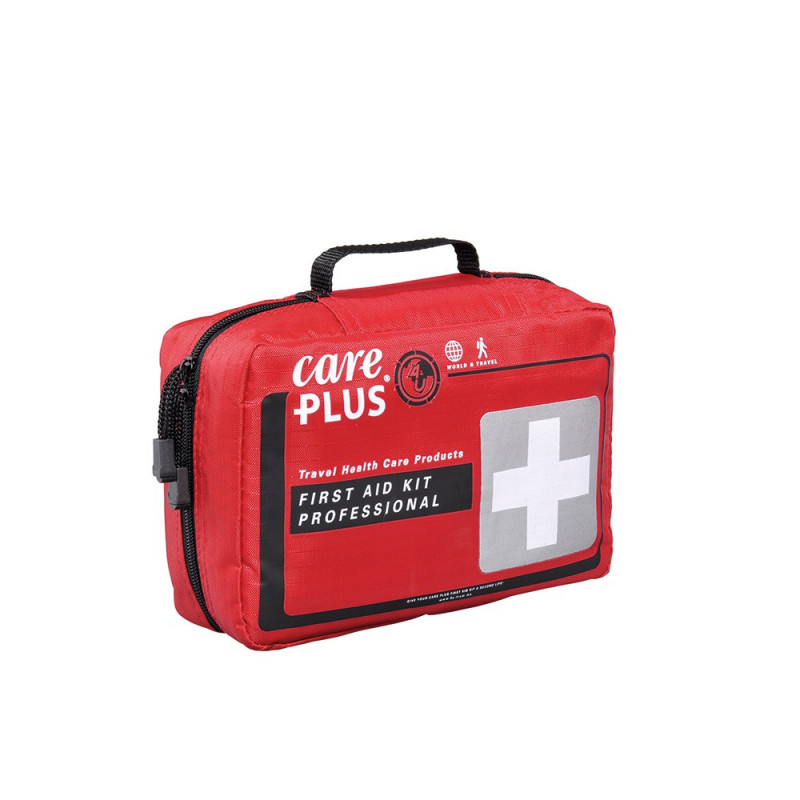
A. Tweezers and Safety Pins
Tweezers and safety pins are indispensable tools for addressing minor injuries and performing first aid procedures while hiking. They can be used to remove splinters, thorns, or debris from wounds, preventing further complications or infections. Safety pins are useful for securing bandages, slings, or improvised medical dressings. Including these tools in a hiking first aid kit ensures that hikers can efficiently manage minor medical issues.
B. Scissors and Moleskin for Blisters
Scissors are essential for cutting medical tape, gauze, or other supplies, allowing hikers to administer first aid effectively. Additionally, including moleskin in a hiking first aid kit can help manage and prevent blisters. Moleskin can be applied to areas of friction on the feet to reduce rubbing and prevent the formation of blisters. By including these tools and supplies, hikers can address foot discomfort. And minimize the impact of blisters on their hiking experience.
As hikers venture into the great outdoors, they should prioritize their safety and well-being by carrying a well-stocked hiking first aid kit. Including medications such as pain relievers, antihistamines, and anti-diarrheal medications can help hikers manage a variety of health issues while on the trail. Additionally, providing essential tools and instruments such as tweezers, scissors, safety pins, and moleskin ensures that hikers are equipped to address a wide range of medical needs and injuries encountered during their outdoor adventures.
V. Additional Items for Hiking First Aid Kit
A. Emergency Blanket and Thermometer
In the event of an emergency, an emergency blanket provides warmth and protection from the elements, while a thermometer is invaluable for monitoring body temperature and assessing potential illnesses or conditions.
B. Whistle and Compass
A whistle can be used to signal for help in emergency situations. While a compass is essential for navigation, helping hikers find their way in unfamiliar terrain.
As hikers venture into the great outdoors, having a comprehensive hiking first aid kit is essential for addressing a wide range of medical needs and emergencies. By including these essential contents in their first aid kits, hikers can ensure they are fully prepared to handle various injuries, medical conditions, and unexpected situations while exploring nature.
In conclusion, assembling a well-equipped hiking first aid kit is a fundamental aspect of hiking preparation, offering hikers the confidence and resources to address potential medical challenges while embarking on their outdoor adventures. By prioritizing safety and preparedness, hikers can fully enjoy their experiences in nature. And they know they are equipped to handle any potential medical situations that may arise.

